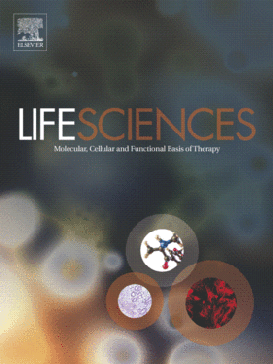
“Limited therapeutic interventions are clinically available for treating aggressive endometrial cancer (EC). Therefore, effective therapies are urgently required.
Therefore, the present study investigated the role of ∆9-tetrahydrocannabinol (THC), which is reported to impact proliferative and migratory activities during impairment of cancer progression.
In the present study, cell migration in response to THC was measured using transwell assays. Using western blot analysis, the levels of cannabinoid receptors in EC tissues were detected and pathways leading to the inhibition of cell migration by THC on human EC cells were determined.
Results suggested that cannabinoid receptors were highly expressed in EC tissues.
Furthermore, THC inhibited EC cell viability and motility by inhibiting epithelial-mesenchymal transition (EMT) and downregulating matrix metalloproteinase-9 (MMP-9) gene expression in aggressive human EC cells.
The results have the potential to promote the development of novel compounds for the treatment of EC metastasis. The present findings suggest that THC may inhibit human EC cell migration through regulating EMT and MMP-9 pathways.”









